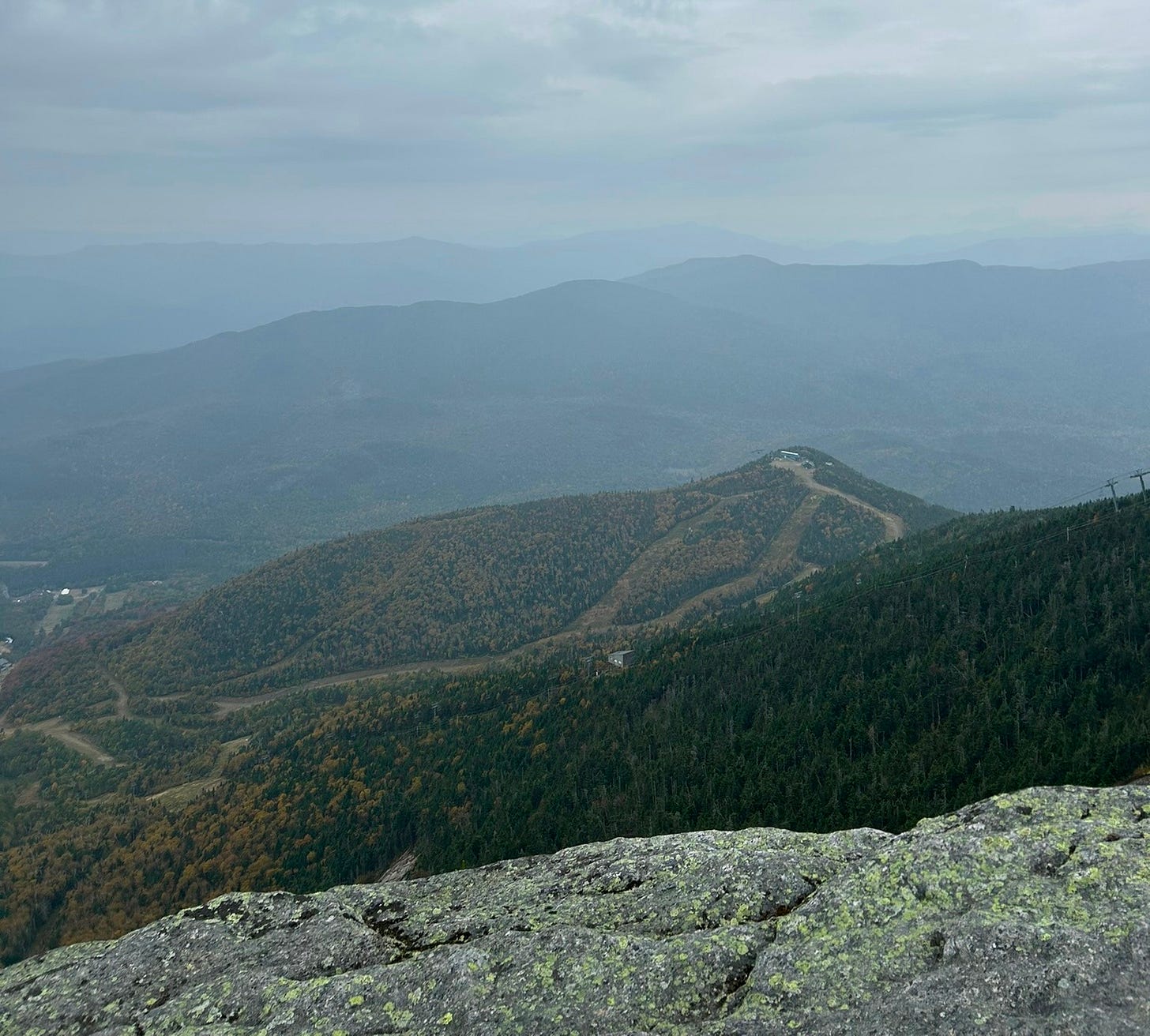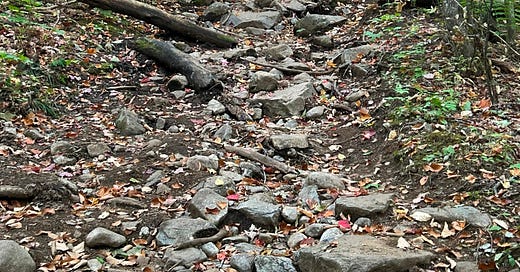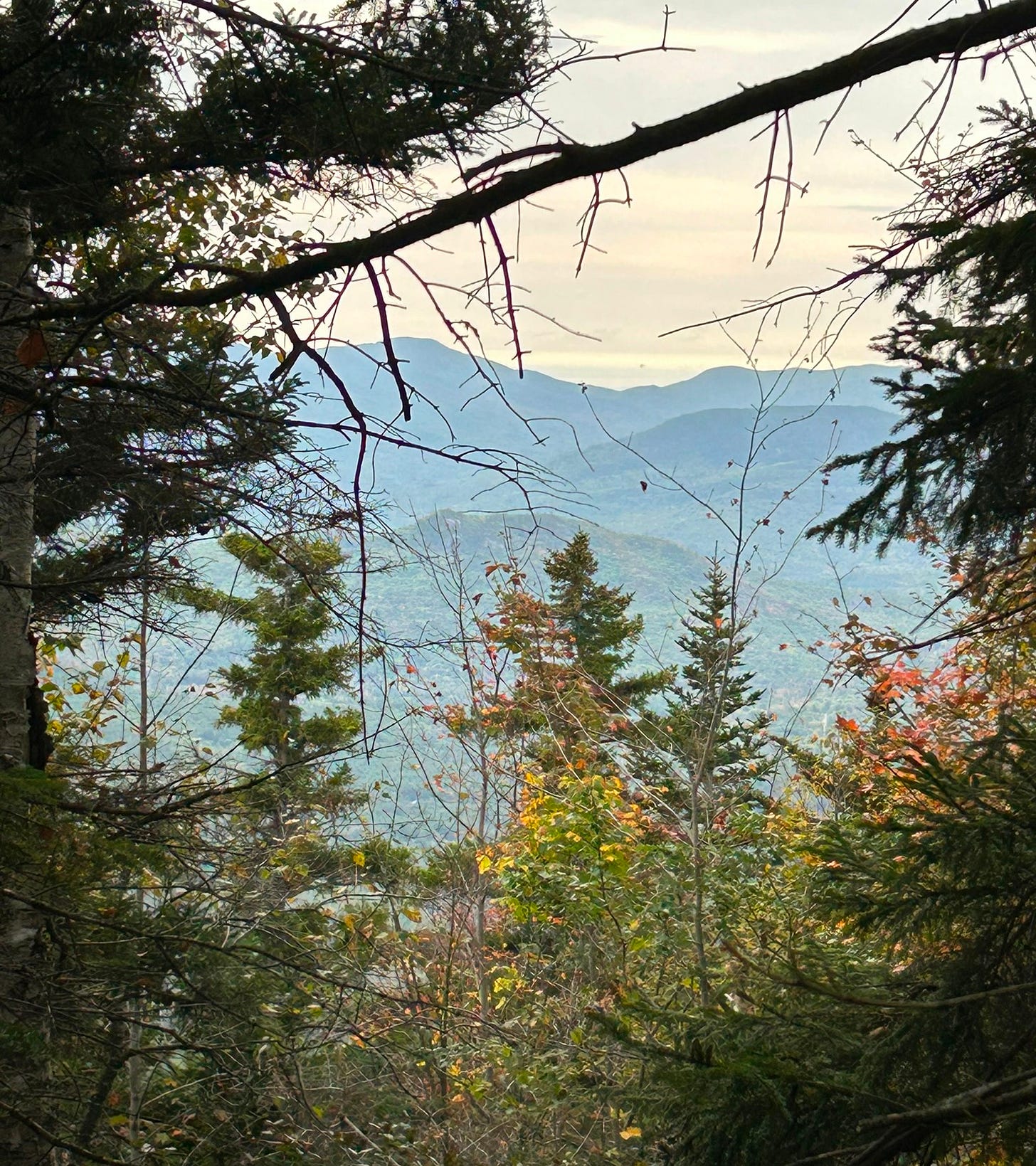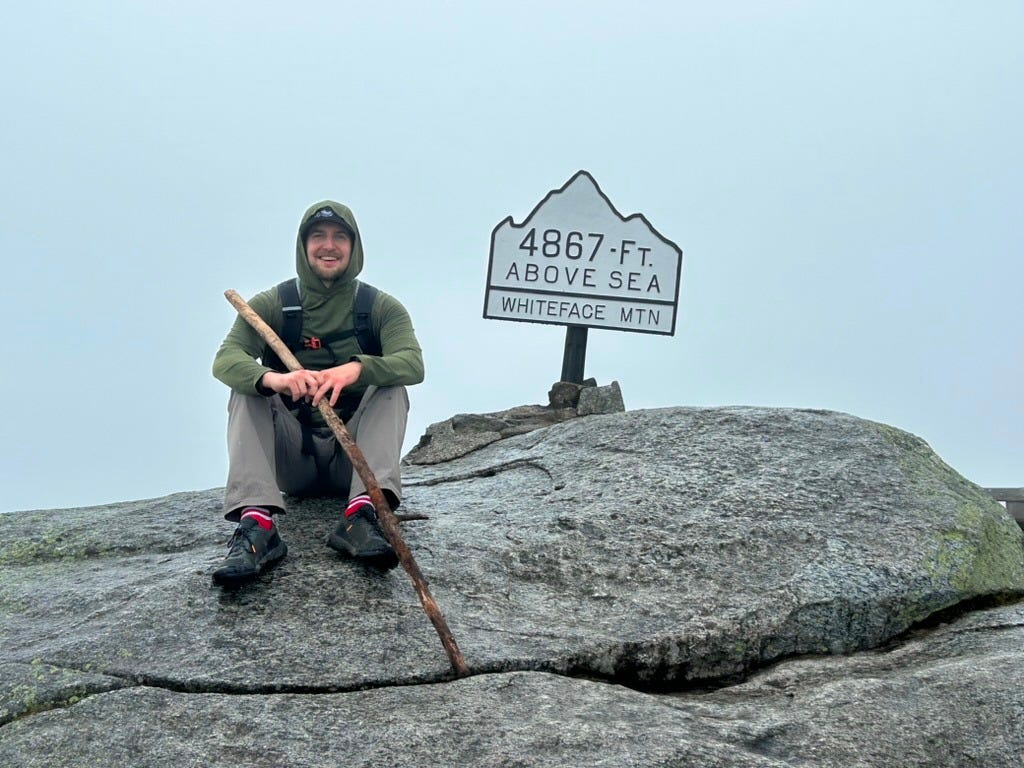Beginning something new is always difficult. Many believe that metastatic “what-ifs” are the sole source of this difficulty. This is true, though I think an under-appreciated difficulty is the fact that beginning something new is inherently challenging. To give yourself any shot at being successful in a new endeavor, you must answer the question, “Why challenge yourself?” Or better yet, “What good is it to challenge yourself?” This is what I reflect on today with the help of mountaineering legend George Mallory.
Join me as I hike up Whiteface Mountain, the 5th tallest peak of the Adirondacks.
- Tyler
Because it’s there
Decades before Sir Edmund Hillary and Tenzing Norgay made their famous summit of Mount Everest, there was George Mallory. A veteran of WWI, Mallory was a talented mountaineer and climber who was among the first brave adventurers to attempt Everest as part of the British Everest expeditions. After surveying the mountain in 1921 and failing to capture its peak in 1922, Mallory, an integral part of a formidable team, made a third attempt at summiting one hundred years ago in 1924.
Trekking up the mountainside with the help of their courageous Nepalese porters, Mallory tried first with Geoffrey Bruce, but the pair were unable to summit due to high winds and exhaustion. Next was the turn of two other team members: Edward “Teddy” Norton and Howard Somervell. Though they found more success than Mallory and Bruce, they ultimately failed to summit as well.
Motivated by ambition and adventure, Mallory made a third attempt with engineering student Andrew Irvine. Irvine, armed with MacGyver-esque mechanical savvy, was a great complement to Mallory’s skill and considerable Everest experience. On June 6th 1924, the duo started their ascent, as always with the help of their Nepalese porters. Though famously careless with his equipment, Mallory always made sure to have a photo of his wife, Ruth, secured in tow; a photo he promised to plant at Everest’s peak after conquering it.
A support team comprised of Noel Odell and a couple of porters trailed behind the summit team. Using the porters to transmit messages, Mallory sent one to Odell which stated they intended to summit the morning of June 8th. That morning, Odell awoke and trained his telescope on the ridge to spot Mallory and Irvine. They were seen a mere 800 feet from the summit… but never seen alive again.
Mallory’s remains were found 75 years later, notably without Ruth’s photograph. Unfortunately, Irvine’s complete remains have yet to be found.
This begs the question, “Why climb Everest?” It was a question that did not escape the public either. On one of Mallory’s public lecture tours, a New York Times reporter asked that very same question… to which Mallory famously replied “Because it’s there.”
Mallory expounded on this thought in his personal writings. These writings were collected in a book called “Climbing Everest: The complete writings of George Mallory;” In it, he states the following —
“People ask me, ‘What is the use of climbing Mount Everest?’ And my answer must at once be, ‘It is of no use.’ There is not the slightest prospect of any gain whatsoever. Oh, we may learn a little about the behavior of the human body at high altitudes, and possibly medical men may turn our observation to some account for the purposes of aviation. But otherwise nothing will come of it. We shall not bring back a single bit of gold or silver, not a gem, nor any coal or iron.
If you cannot understand that there is something in man which responds to the challenge of this mountain and goes out to meet it, that the struggle is the struggle of life itself upward and forever upward, then you won’t see why we go. What we get from this adventure is just sheer joy. And joy is, after all, the end of life. We do not live to eat and make money. We eat and make money to be able to live. That is what life means and what life is for.”
Now admittedly, I am, obviously, a nobody… especially compared to someone like George Mallory. However, I do have the advantage of living 100 years after him — same as you. Ten decades built a perspective from which we can see that Mallory’s attempt to climb Everest is, in fact, useful.
This is clear to us because the world in which we live is much different than Mallory’s. Nowadays leisure, pleasure, and entertainment dominate industry; they dominate our focus and our time. Distractions abound and as a result, so does meaninglessness. Through this lens we can puzzle out the following: a Mallory who attempts Everest is a better version of the Mallory who doesn’t. A better Mallory is a more useful Mallory.
But let’s dive into this a bit more and challenge that first premise - why is attempting Everest more useful than not attempting it? The answer is in the word “challenge.” To attempt Everest is to challenge oneself and challenges are inherently useful because they spur growth. It’s this truth that sits at the core of the $40 billion industry aptly called “self-improvement.”
But first, what does it mean to grow?
Growth is character development that is oriented appropriately, progressing toward a higher ideal or virtue. Growing is good. All instances of growth require challenge, therefore challenge is good.
Side note: To develop in the opposite direction and call it “growth” — toward vice or iniquity — is to call the earth flat. To move in this direction is to rot; To shrivel.

But how is challenge required for growth?
Growth occurs in response to stress. Challenge is the vehicle through which that stress is applied. Therefore, challenge is required for growth.
So I need to climb Mount Everest to grow? That’s extreme… not to mention idiotic…
No, I’m not making the argument that we need to scale the tallest mountain in the world — or even 46 smaller mountains — to grow or be useful. I’m arguing for the principle of challenging yourself. This is what a principle ought to be: that which remains true even in its most extreme application; otherwise, becoming mere noise, a principle atrophies into attractive words tethered neither to meaning nor to truth.
So embrace challenge. Choose it. Choose challenge in a world that promotes comfort and pleasure and gluttony and laziness. Choose it because it’s there.
*******
Thank you for reading Building Docs. If you enjoyed this article please consider liking, sharing, and/or subscribing. All three will help this publication grow - one of my main goals for the new year. Thank you for your support!







Loved your thoughts. Without challenges and aspirations we become stagnant in life. Challenges provide us with a framework to move forward in life!
Truly love your writing. If your thoughtful and insightful writing is any indication of the care you give to your patients, they are wonderfully blessed.